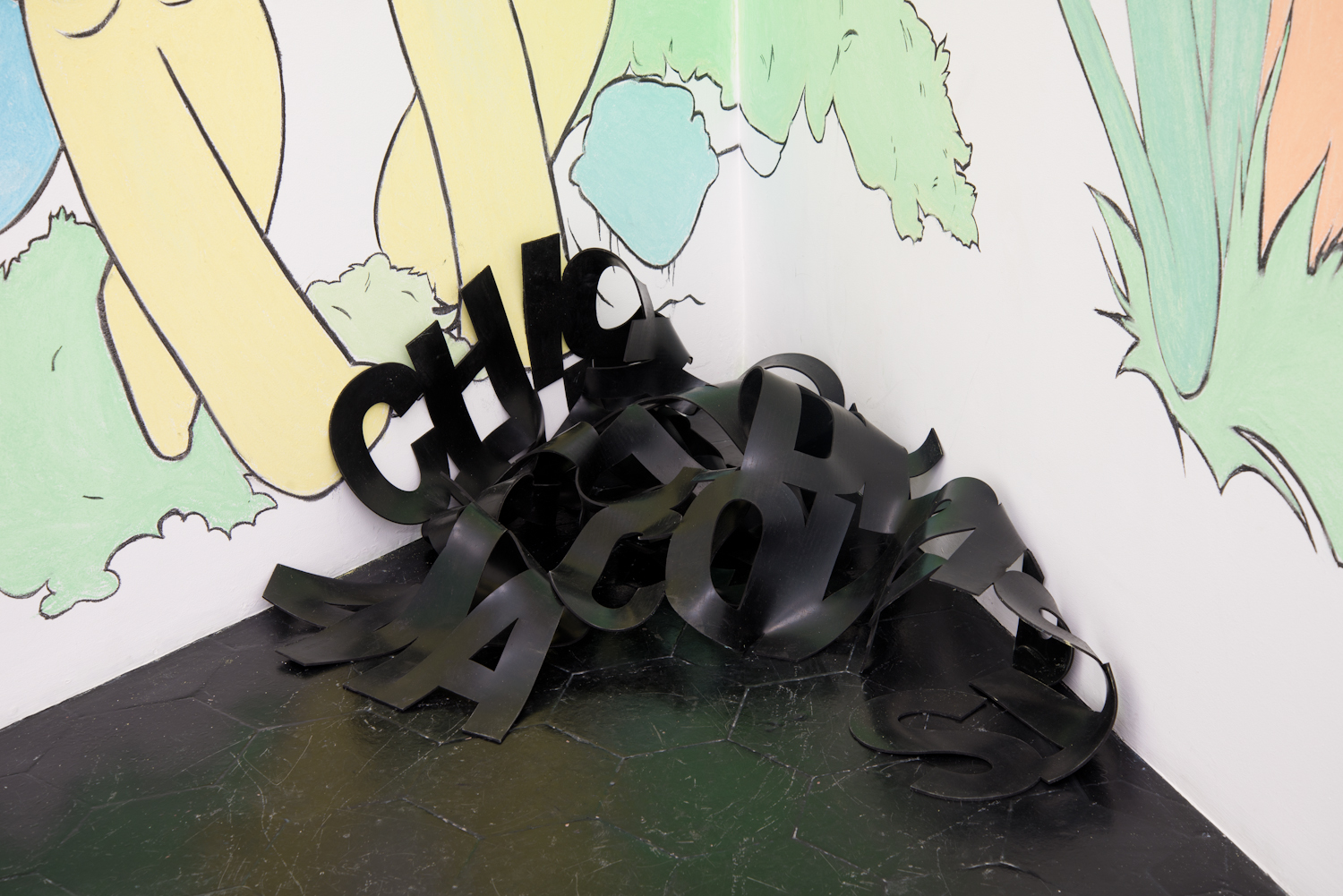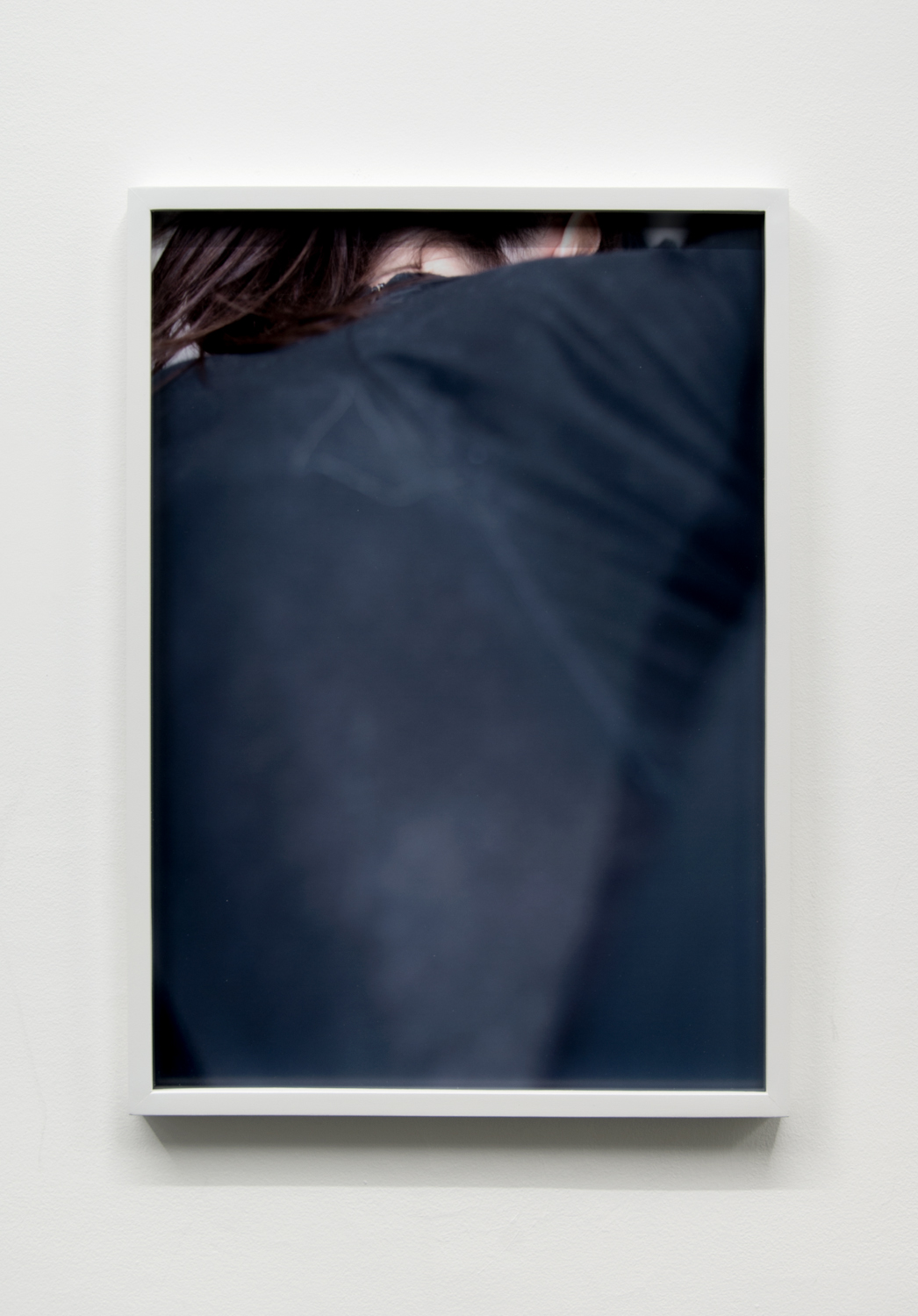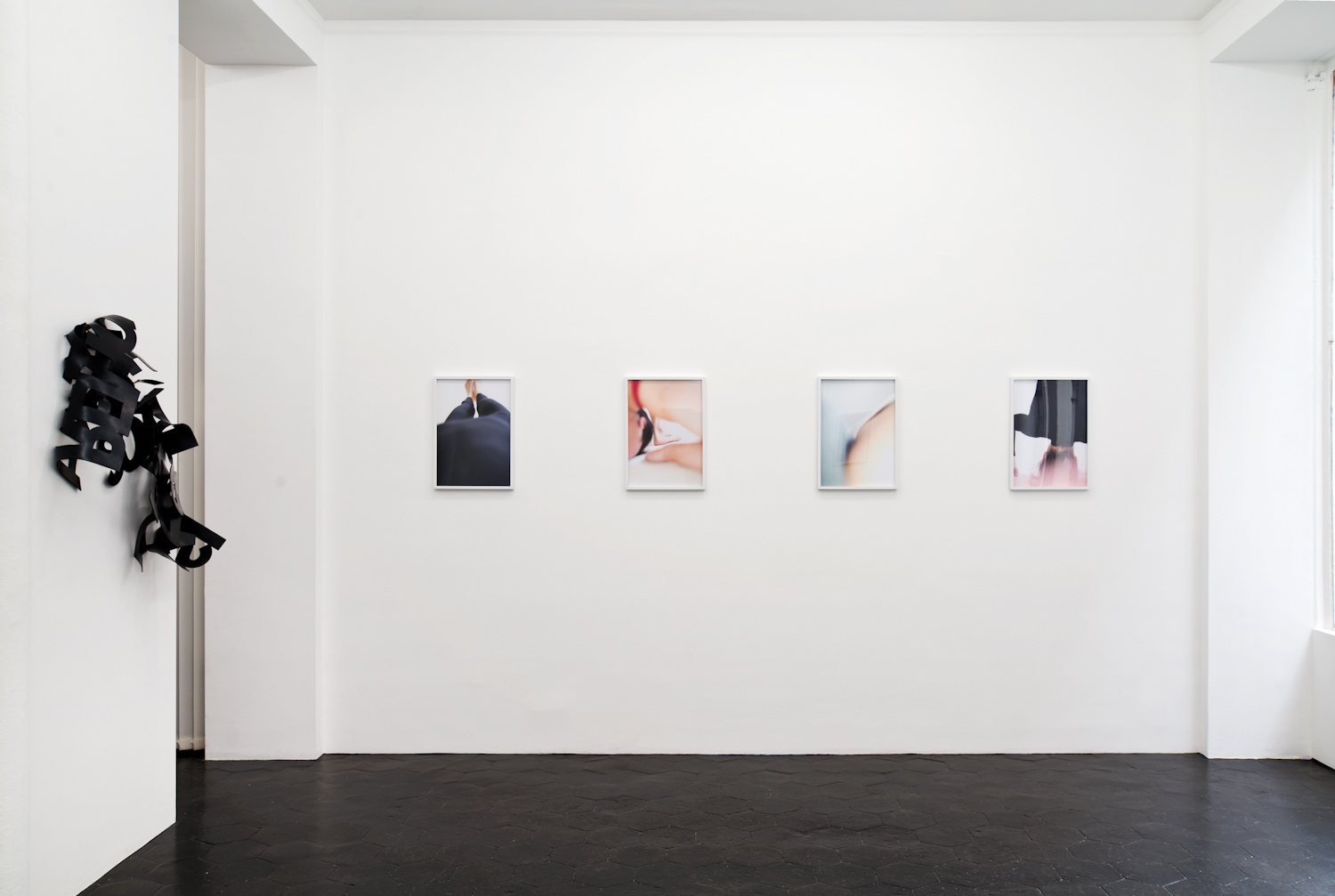Dena Yago. In Escrow
DENA YAGO, In Escrow
installation view at High Art, Paris / May 2016
–
In Escrow (Mural), 2016
coloured chalk, variable dimensions
–
A Chicken Consists of the Outside and the Inside, 2016
industrial grade rubber, approx. 90 x 110 cm / 35.4 x 43.3 in
–
Remove the Outside and the Inside Remains, 2016
industrial grade rubber, approx. 60 x 120 cm / 23.6 x 47.2 in
–
In Escrow #9, 2016
framed photograph, 51,8 x 36,8 cm / 20.4 x 14.5 in
–
In Escrow #7, 2016
framed photograph, 51,8 x 36,8 cm / 20.4 x 14.5 in
–
In Escrow #3, 2016
framed photograph, 51,8 x 36,8 cm / 20.4 x 14.5 in
–
DENA YAGO, In Escrow
installation view at High Art, Paris / May 2016
–
DENA YAGO, In Escrow
installation view at High Art, Paris / May 2016
all images courtesy of the artist and High Art, Paris
–
In Escrow is the title of the solo exhibition by DENA YAGO that is currently presented at High Art in Paris. The show features a series of prints, three text works and one large mural. These works are like sequences of images and sequences of texts, all suggesting the possible presence of a narrative. They are equally as strange and distant as they are familiar. Even the hand drawn chalk mural is defamiliarised from its ordinary context, making it enigmatic.
The press release (below) is a kind of economic lexicon, which adds the last layer of absence of authorial subjectivity in the exhibition. Finally the viewer is left to determine his or her narratives conditioned within our system of shared, cumulative culture.
IN ESCROW
In escrow is known to most by its use on real estate signs, hanging below the placard for the indeterminate period of time after for sale and before sold. In this regard, being in escrow means that a buyer has shown committed interest in the property by making an additional mortgage payment designated for property taxes and hazard insurance. This is known as T&I, for taxes and insurance, which, in addition to standard mortgage insurance consisting of principal and insurance (or P&I) is referred to as PITI (pronounced “pity”).
ASSETS
An asset is a resource controlled by an entity from which future economic benefits are expected to flow. It must be owned or controlled to produce value or have positive economic value. Tangible assets include anything from real estate to the body, while intangible assets include trademarks or intellectual property. In programming, an asset refers to CSS, JavaScript, and image files – all front-end elements that control the appearance of a web page. Assets (plural) is a term also used to refer to a person’s ass, breast, legs or hips. Speaking of one’s body in terms of long-term investment may feel familiar – a mother telling her daughter to protect her assets might be said to mean that she should control her appearance and furthermore regulate other people’s access to it.
LOSING THE HAND
More broadly, escrow is a contractual agreement in which a third party receives and holds assets for primary transacting parties. Disbursement is contingent on an agreement being met, or a set term of conditions being fulfilled. Again, in real estate, when withholding rent from a landlord one might put their rent in an escrow account in order to prove that you do, in fact, have the money, but that you won’t hand it over until say, the heating has been fixed. In essence this is a principle of proving that you have something by putting it in the hands of a neutral third party. Putting one’s assets in escrow is an act of demonstrative forfeit. You’re showing your cards to prove that you have them, then losing the hand.
In Escrow is on view at High Art in Paris until June 10, 2016
–









comments are closed !